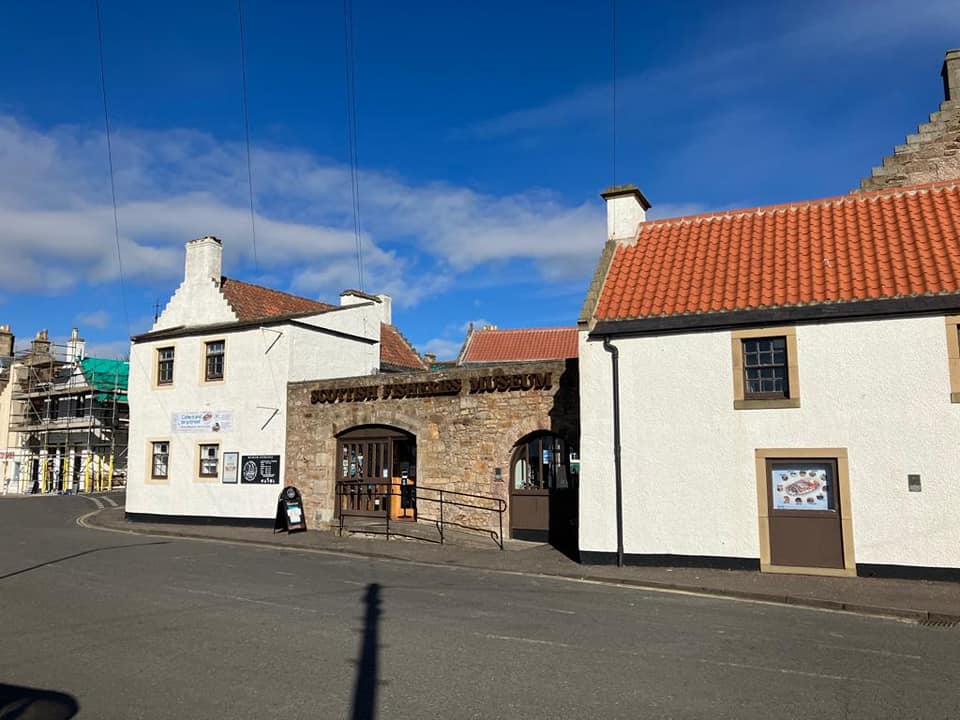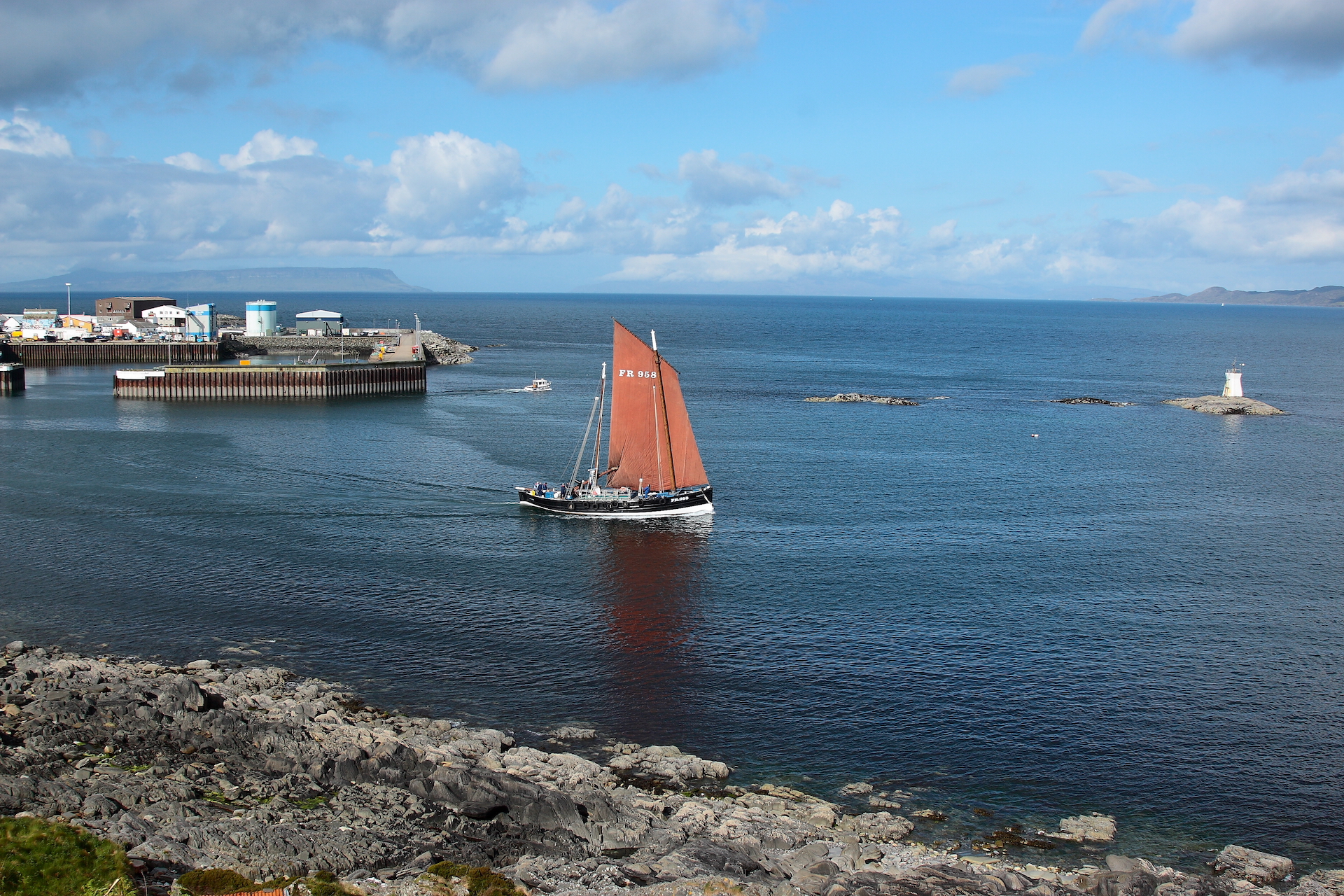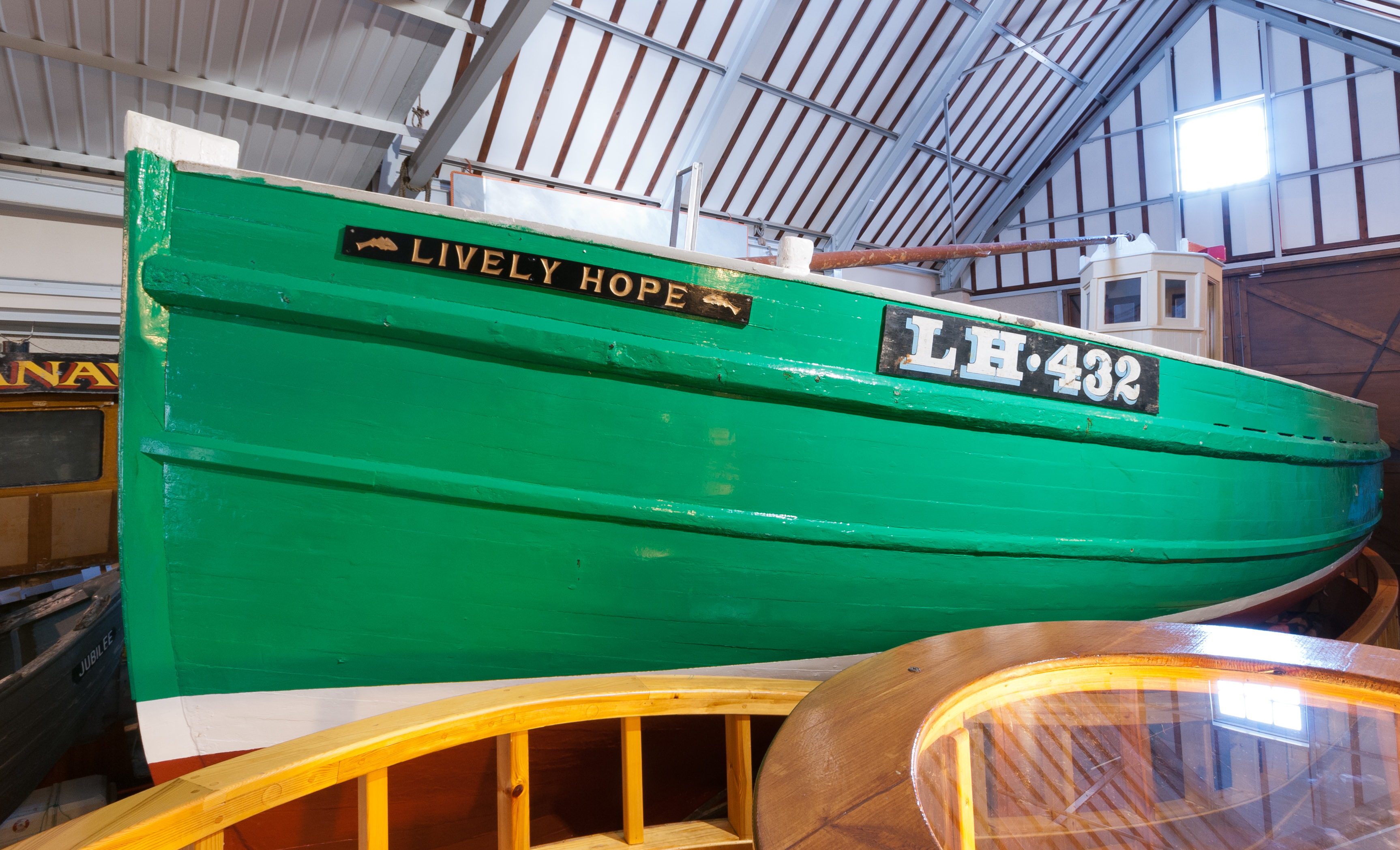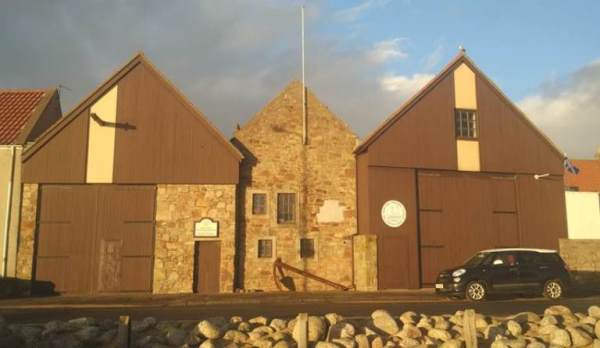
Situated in a spectacular location opposite the harbour in the fishing village of Anstruther, in the East Neuk of Fife, the Scottish Fisheries Museum (SFM) is a National Museum, telling the story of the Scottish fishing industry, its boats, harbours and communities.
About the Museum

From the earliest recorded history of Anstruther, fishing was the mainstay of the town and at one time, more fish were caught, processed and traded here than at any other harbour in Scotland. However, by the latter 20th century, the fishing industry was changing and Anstruther was no longer as important as a fishing harbour.
A group of people, concerned that a way of life would disappear without any trace or recognition, got together to form the Scottish Fisheries Museum Trust (established in 1967), with the aim of establishing a museum too mark the fishing heritage of Scotland; Anstruther, with its past importance to the industry, was the obvious location to choose. The buildings were then acquired from the National Trust for Scotland and the Museum was formally opened on 4 July 1969.
The Museum is still run as an independent charitable trust with the help of enthusiastic volunteers and is now acknowledged as one of Scotland's national industrial museums, with its collections formally recognised as being of national significance.
The Museum's aim is to excite informed interest in the development of the Scottish commercial fishing industry among people of all ages in and beyond Scotland. The core story that they have to tell is the history of how, through a constant process of innovation, the Scottish fisheries became such an important part of the lives of so many Scots.
Vessels of National Significance
Three of the Museum's boats, Reaper (a restored Fifie Sailing Herring Drifter), Research (a first class Zulu) and Lively Hope (a 1930s ring-netter) are recognised as being of national significance.



Of these three, only Reaper remains operational today. Reaper is representative of the most popular design of fishing boat on the East Coast of Scotland for the greater part of the 19th and 20th centuries. In the late 1930s she held the record catch of herring in Shetland, some 223 crans - almost a quarter of a million fish.
As the flagship of the Museum, she's berthed in Anstruther harbour outside the Museum and is now equipped as a floating museum of the herring industry. Once a year, Reaper heads out from Anstruther harbour to visit other areas of Scotland to allow schools which are further afield access to the SFM's floating museum and her knowledgeable crew. This project usually takes place in late Spring, or early Summer. Beyond this, she visits ports around Scotland and Northern England on cultural tours and as an outreach for the Museum at Harbour events.
Learning/Community Groups
Inspired and active learning for all ages is important at the SFM; fishing and the marine environment, along with its many associated crafts, culture and towns, are engaging and captivating topics to explore.
The Scottish fishing industry and its associated crafts, people, environment, culture and towns is not only an important part of Scotland's history, but also its present and future, making them relevant topics for both primary and secondary schools, together with community groups of all ages.
The SFM offers an exciting and diverse range of facilitated and self-led activities for all stages and abilities.
Boat Building

The SFM's Boatyard, formerly the Smith and Hutton Boatyard, is part of the Museum buildings located at St Ayles. Some years ago the Museum developed a part of these sheds to house most of its collection of full-size fishing vessels. Part of the boatyard is still operational, undertaking restoration and maintenance of the Museum's collection with the help of volunteers.
A development plan for the boatyard will enable it to undertake works on private boats, such as building, restorations and maintenance to a museum standard.
Find out more:
Follow them on social media:




